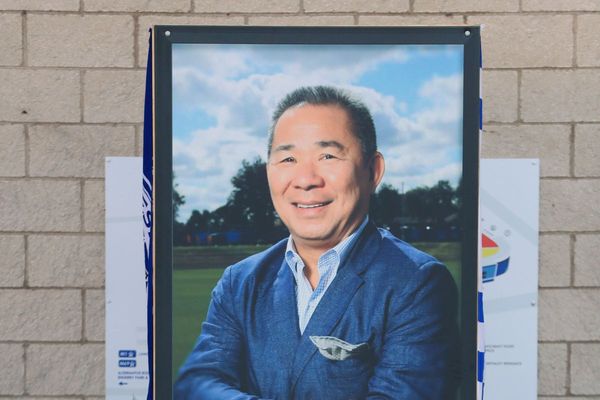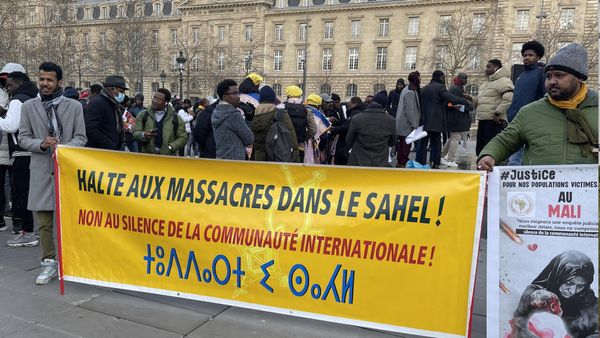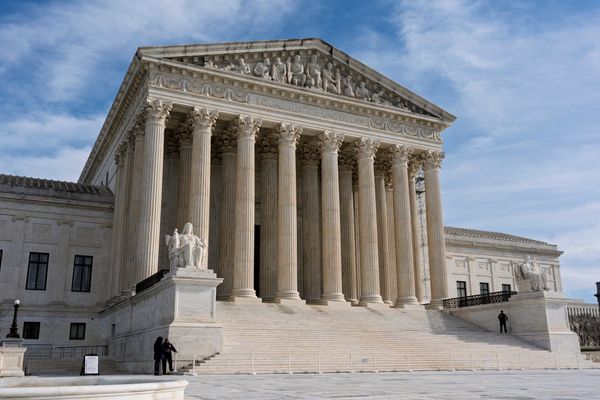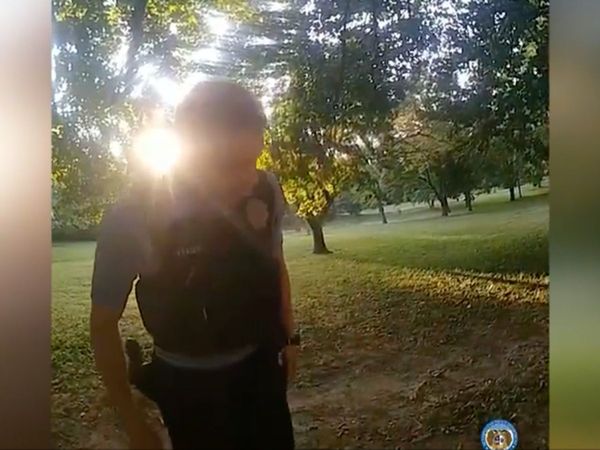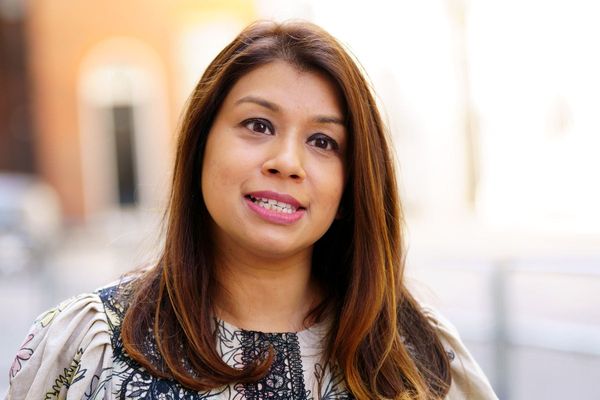
Co-authored by Brian Hioe and Daphne K. Lee
Demonstrations in Hong Kong against the extradition bill saw an unexpected turn with the brief occupation of the Legislative Council (LegCo) for several hours, before protesters eventually withdrew from the building.
Attempts to break into LegCo had been going on since early afternoon, simultaneous with the July 1 pro-democracy march, which marked the 22nd anniversary of the handover of Hong Kong. Some marchers left the rally and headed to LegCo to provide assistance.
Hundreds of protestors successfully stormed into the legislature around 9 pm. It was the first time in Hong Kong’s history that LegCo was occupied by demonstrators in any substantive way.
The occupiers spray-painted slogans like “Sunflower Movement Hong Kong” on the walls of the LegCo chamber and called for the release of political prisoners and the investigation of police violence.
During the occupation, political cartoonist Badiucao supported the protestors by posting an illustration of a sunflower with a slogan that said: “There are no rioters, only tyrannical policies.”
Debates subsequently ensued within the LegCo chamber about whether to stay or leave, with some arguing that staying was necessary in order to resolve the impasse regarding the extradition bill. A protestor took off his mask and said that “occupying the legislature would only happen once” in their lifetime and that Hongkongers “have nothing more to lose.”
The brief occupation, which lasted only a few hours, draws striking comparisons to Taiwan’s 2014 Sunflower Movement, a month-long occupation of the Taiwanese legislature.
However, the stakes for the Hong Kong protestors are significantly higher than those in Taiwan. Young activists have to face years in prison on charges of “rioting” if arrested during protests, like the “Umbrella Nine” and localist politician Edward Leung. Cases of protestors being physically assaulted by pro-Beijing mobs have also been well-documented on social media.
In the end, the majority of demonstrators withdrew from the building shortly before midnight. Riot police in large numbers subsequently cleared the roads with tear gas. A few pro-democracy legislators warned the police to restrain their use of force while allowing more time for protestors to safely leave the scene.
"I was scouting for an escape route after people occupied the legislature. As soon as the police started sweeping, I urged everyone outside the building to leave with me," said Esther Lai, 33, a social worker who was helping younger protestors to evacuate near LegCo.

Many protestors were worried that if they had stayed in LegCo, the Hong Kong police might escalate their actions as they promised to clear the site with “appropriate force if faced with any resistance.” If Beijing decides that the Hong Kong government is no longer capable of handling domestic conflicts on its own, the direct intervention of the People’s Liberation Army was possible.
Although the protestors retreated from the legislature before midnight, their actions were condemned by the European Union as too radical.
“In the wake of these latest incidents, it is all the more important to exercise restraint, avoiding escalatory responses, and to engage in dialogue and consultation to find a way forward,” the European Union External Action stated in a press release.
Some people on social media have even claimed that the protestors during Taiwan’s Sunflower Movement had only occupied the Legislative Yuan instead of defacing it, despite the fact that similar acts of vandalism had occurred during the initial Sunflower occupation.

Hong Kong protestors occupying the legislature is yet another stark reminder for Taiwan to remain cautious of China's influence.
"Some Taiwanese think Hong Kong is still thriving like its golden days in the 1980s and 1990s. They can't see our daily struggles so they still fantasize about the benefits of 'One Country, Two Systems'," said Zoe Kwong, 25, a Hongkonger who has relocated to Taipei.
Much remains uncertain after the brief occupation as the Hong Kong government still shows few signs of backing down. Carrie Lam, Hong Kong's chief executive, did little except for condemning the occupiers at a press conference this morning.
Johnson Yeung, a former organizer for the Civil Human Rights Front, said it is necessary for protestors to rethink their strategy after July 1.
"Activists have to think about how to keep pressuring the government without exhausting their own physical strength and spirit," Yeung said. "It's important to regroup after providing enough room for rest and strategic planning for the next steps."
After weeks of massive rallies, uncertainty looms over the city with worries of activism fatigue. And despite the government's inaction, Lai remains hopeful for the society.
"In this movement, I saw Hongkongers who are united, who love their home without solely caring about personal profit,” Lai said. “Resistance, or revolution, has always required years of efforts without any guarantee of success, but I think our generation will be the one that makes history."
TNL Editor: Daniel Kao (@thenewslensintl)
